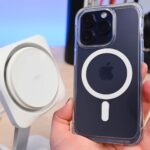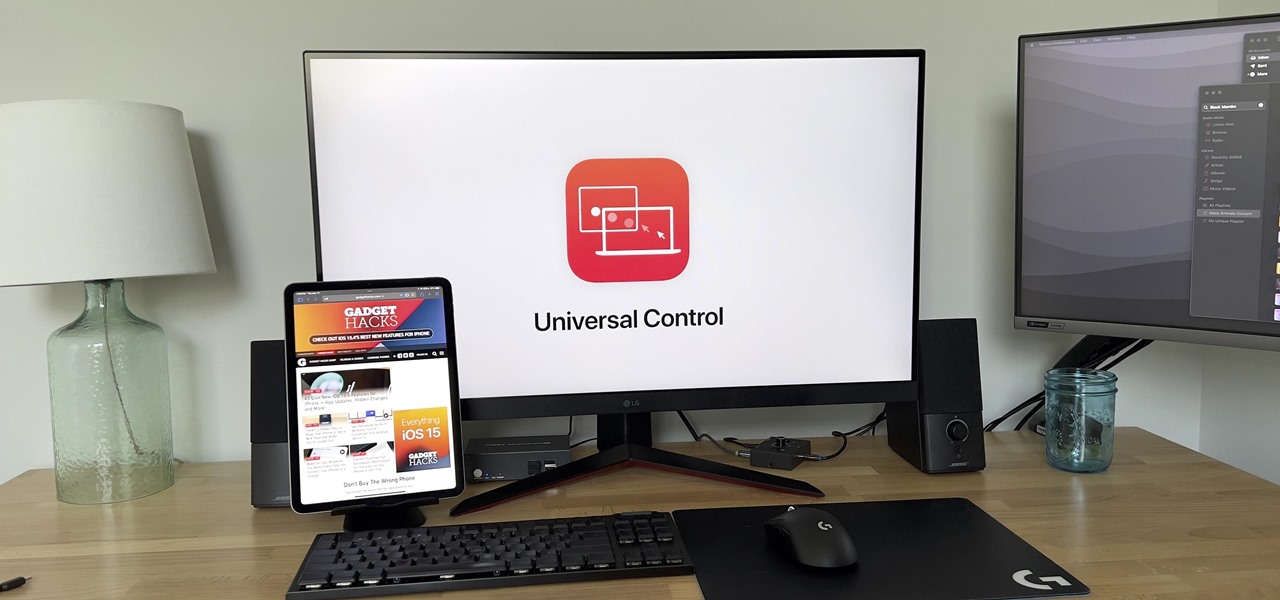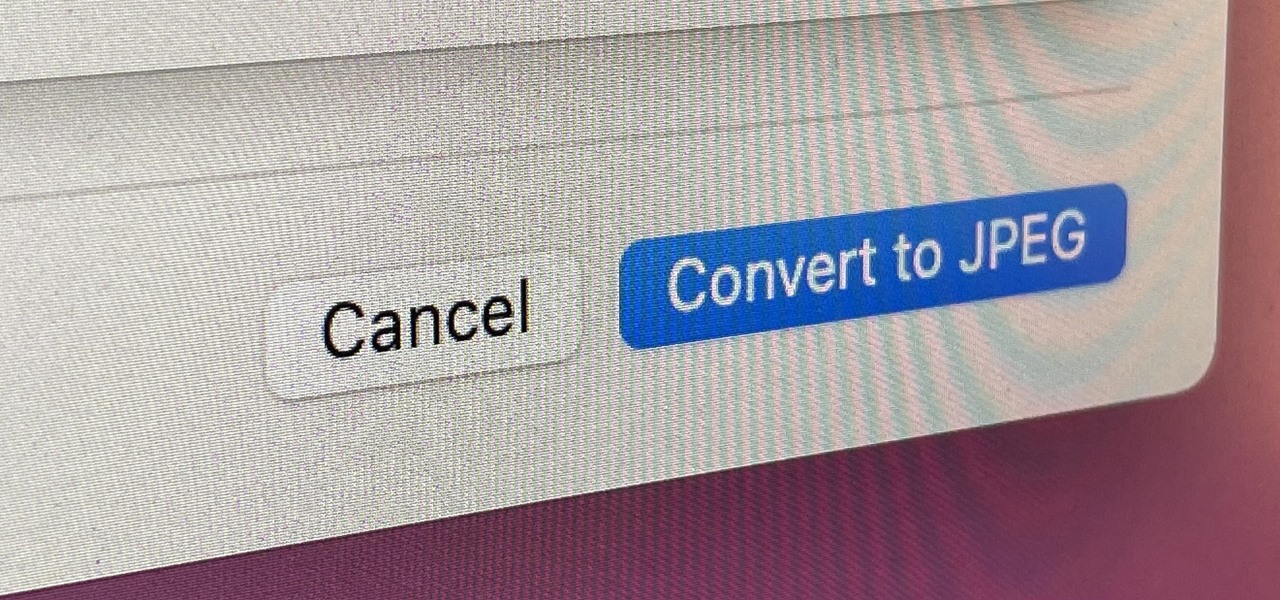How I Set Up My Android Phone for Peak Productivity
Android
Key Takeaways
- Define your phone’s primary purpose to avoid distractions while using it for specific tasks.
- Get a minimalist launcher like Ratio to reorganize home screens and reduce distractions.
- Use Digital Wellbeing features to track app usage, set time limits, and disable distracting notifications.
Modern smartphones are incredibly powerful devices. From casual web browsing and checking social media to editing 4K videos and playing AAA games, you have a powerhouse in your pocket. But is all this power making it more productive—or distracting?
What It Means to Have a Productive Smartphone
Your Android smartphone can help you do almost everything. But if you do decide to use it for everything, it starts to get counterproductive. Your games and social media apps will distract you while you work, and work notifications will interrupt you while you play or relax.
The simplest way to make your smartphone more productive is to define its primary purpose and use it only for that. For example, I primarily use my smartphone for emails and messaging, casual web browsing, streaming music, and YouTube. Now, based on your defined purpose, you’d only keep the necessary apps and, ideally, delete all other apps.
Unfortunately, that’s not always possible. For example, you might want to keep all the apps because you travel a lot, and your phone needs to be able to do more things when you’re out and about. Likewise, as a tech writer, I have to keep a bunch of apps installed on my phone for testing and research purposes. So, now the challenge becomes—how do you manage this versatility without succumbing to distractions? Well, here’s how I’ve set up my smartphone to maintain productivity while still having access to all my apps when needed.
I Use a Minimalist Launcher
The first and most impactful change I made was switching to a minimalist launcher. Traditional home screens are often a chaotic array of colorful icons, each vying for your attention. This setup is a recipe for distraction. Every time you unlock your phone to check a work email, your eyes might catch the Instagram icon, leading to an unintended scrolling session.
You want to keep your applications organized and reduce the power of app icons to draw your attention. You can technically do this by manually arranging your home screen without installing any launchers. However, getting a launcher is the simplest way to rework the layout and remove all the clutter. If you’re looking for recommendations, I’d suggest Ratio—as I use it myself. It strikes a brilliant balance between functionality, minimalism, and digital wellbeing, making it perfect for my use case.
My current setup using Ratio includes a clean home screen with collapsible drawers containing important apps for Productivity, Messaging, and Finances. And then there’s the small dock at the bottom with a few pinned apps for quick access. Everything else is tucked away inside the main app drawer, accessible via a quick swipe-up. The apps are arranged alphabetically, which, in my opinion, is the best way to arrange them. It ensures that when I pick up my phone with a specific task in mind, I can quickly navigate to the right app without getting sidetracked.
And as you can see, everything is grayscale—the apps, the wallpaper, everything! This completely strips the distracting apps from grabbing your attention with their popping colors. That said, you can assign individual apps a colored app icon or even a neon highlight to make them stand out. This puts you in charge of which apps grab your attention and which don’t.
Now, of course, you can take this a step further by completely removing app icons and replacing them with just the app names! You can get this feature with the Phone Detox launcher, among others. While I find it a bit too bare-bones, you can give it a shot if you like that aesthetic.
Again, the goal here is to create a home screen that doesn’t tempt you to use apps. So, if text works better than icons, go for it!
I Track Phone Usage To Know Where I’m Wasting Time
The next step is to get a sense of how you’re using your smartphone and where you’re investing your time. Android’s Digital Wellbeing feature comprehensively summarizes how long you’re using each app.
Once set up, give it a week or two to gather data on how you use your apps. You’ll start to see patterns emerge—which apps you use most, for how long, and on which days. Now, you can use Digital Wellbeing to set time limits on the big time-wasters to help you reduce your screen time. If you surpass the timer limit, you’ll get a pop-up telling you that the app is paused and that you can use it again tomorrow.
This warning should be enough for most and help you stop overusing certain apps. However, if you want stricter blocks, you can use apps like Regain or Stay Focused. But, like before, you can also delete the app blockers to unlock the app you want to access. The best recommendation I can give here is to work on your self-control. Alternatively, you can keep separate devices for specific use cases, such as a tablet for Netflix and your phone for just work emails.
I Disable Distracting Notifications
Even if you’ve cleaned up your home screen and limited app usage, notifications can still derail your productivity. Thankfully, Android comes with powerful notification controls to help you prevent this from ever becoming a problem.
For starters, when you install a new app, deny its request to send you notifications. You can manually enable them if you think it’d be helpful. For existing apps, go through your settings and disable all non-essential notifications. Additionally, enable Focus Mode to stop all notifications while you work. You can schedule it to turn on automatically during specific hours.
Likewise, some Android phones have a feature called Game Dashboard. Once enabled, your phone will automatically enter DND mode when you’re playing a game. This saves you from work notifications as you try to wind down and headshot some zombies.
Setting up a productive smartphone environment is about intentional choices and understanding your usage patterns. By implementing a minimalist launcher, tracking usage, limiting distractions, and managing notifications, you can transform your Android device from a potential time-sink into a powerful productivity tool.




















